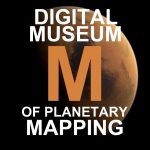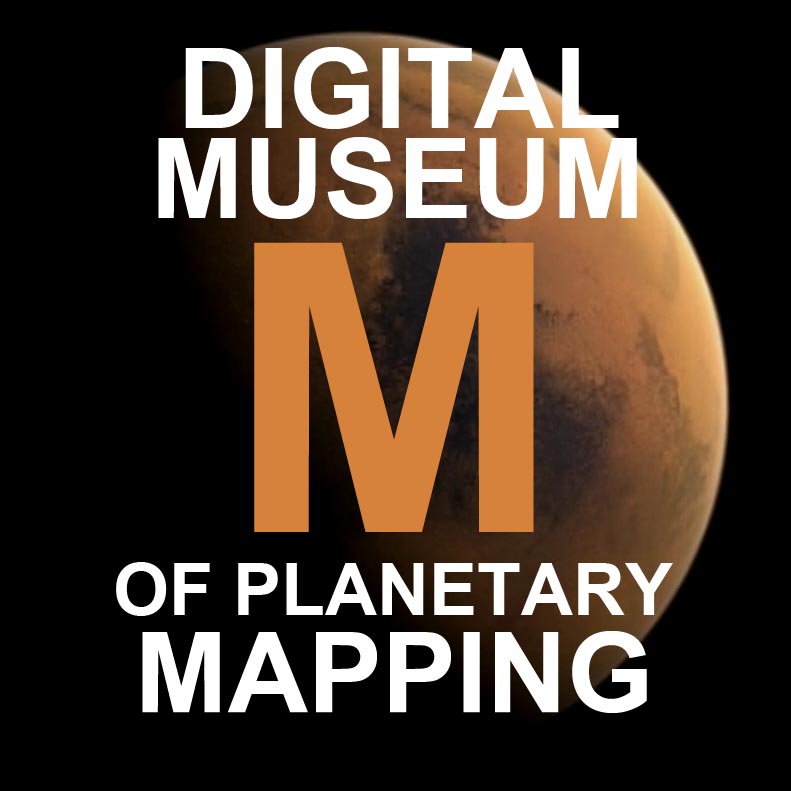IAU 1925
TRANSACTIONS OF THE IAU : VOLUME II
(the following is excerpted from the book published by Imperial College Bookstall)
SECOND GENERAL ASSEMBLY (CAMBRIDGE, JULY 14 to JULY 22, 1925)
EDITED BY
PROF. A. FOWLER, F.R.S.
(General Secretary)
from pp. 54-55
17. COMMISSION DE NOMENCLATURE LUNAIRE.
PRESIDENT–Professor H. H. Turner, F.R.S., University Observatory, Oxford, England.
MEMBERS –Miss Blagg, MM. G. Bigordan, W. H. Pickering, P. Puiseux.
REPORT OF THE PRESIDENT.
The circumstances regarding the inception of this work, on the initiative of the late S. A. Saunder, in 1905, were recalled in the last report ; and the history of the, work preparatory to the actual fixing Of a standard nomenclature was traced up to its conclusion, which Miss Blagg (who has had a large share in it) was able to announce in a final note. Briefly, the map of the Moon suggested by Saunder has been concluded, a collated list of the different names of lunar formations has been printed, and reference numbers from the list have been entered on the map.
[The map was exhibited at Rome, but only a few minutes were available for its inspection. It will be taken to Cambridge, where a fuller opportunity for examining it may be possible.]
Nothing further has been done since that time, since it seems desirable not to be too hasty at present in matters requiring universal assent, or in which universal assent may be attained by a little delay. The essential preparations for decision are made, and decision could be proceeded with if the Union should so prefer. If it prefers the Fabian course, it would seem nevertheless better to keep the Committee in being, as a starting point for the machinery of decision when the time arrives.
H. H. Turner,
March 30, 1925. President of the Commission.
Appendix
Miss Blagg has sent the following suggestions with regard to future procedure :
1. NAMED OBJECTS.
(a) The following names should be retained :
- (1) Those on which the three authorities in the Collated List concur ;
- (2) Those on which two concur, the third giving no name ;
- (3) Those given by any one of the three, the other two giving no name ; excepting such names as appear to have been hastily or mistakenly given to objects either non-existent or inconspicuous.
(b) Each case in which any two authorities give different names should be decided on its own merits.
(c) Names only recently given, and new suggested names, to be sparingly adopted, and only by unanimous vote of the Committee.
(d) A definite abbreviation, consisting of not more than four letters, to be chosen for each name.
II. LETTERED OBJECTS.
(a) Lettered objects to be dealt with :
- (1) In the main as in I (a), (b) and (c) ; but
- (2) Roman capitals only to be used for craters, etc. ; Greek small letters only for hills and mountain ranges ; Numbers for rills ;
- (3) This would involve the loss of some of the early letters of the alphabet in many cases, which, however, seems a lesser evil than wholesale alterations in the lettering.
(b) Where the same letter has been used twice in connection with the same formation, one of the objects should if practicable, receive a name, otherwise, one of the letters would have to be altered.
(c) On one of the sets of maps the abbreviated names and letters finally adopted should be inserted, and boundary lines should be drawn to enclose an area for each named formation, these areas to agree as nearly as possible with the name-prefixes, used by the three authorities. Copies of this map should then be printed and published.
Ill. CATALOGUE.
A Catalogue should be made of all the names and letters, with the number of each in the Collated List.
May 25, 1925. H . H. T.
from pp. 189-190
(17) LUNAR NOMENCLATURE.
Professor Turner presided and presented the report (p. 54). Dr. Steavenson kindly undertook the duties of Secretary.
Miss Blagg exhibited the outline map constructed by herself and by the late Mr. W. H. Wesley from the measures of Franz and Saunder. She reported that the bulk of the work in connection with the identification and numbering of the formations had now been done. There were 21 cases of the same name being given to two formations, and 18 cases of formations with two names.
The following resolutions were adopted :
(1) That Miss Blagg be invited to make suggestions with regard to the outstanding points of difficulty already mentioned, and to submit them to the Commission.
(2) That the Commission should take into careful consideration the question of including in the general scheme of nomenclature those regions which, not included in the chart as at present drawn, are brought into view at extreme librations.
(3) That the Commission should consider the question of the letters finally to be assigned to the smaller formations, of which the cases of doubt were much more numerous.
The Report was adopted for presentation to the General Assembly.
(the preceding resolutions are repeated in French on p. 233)

